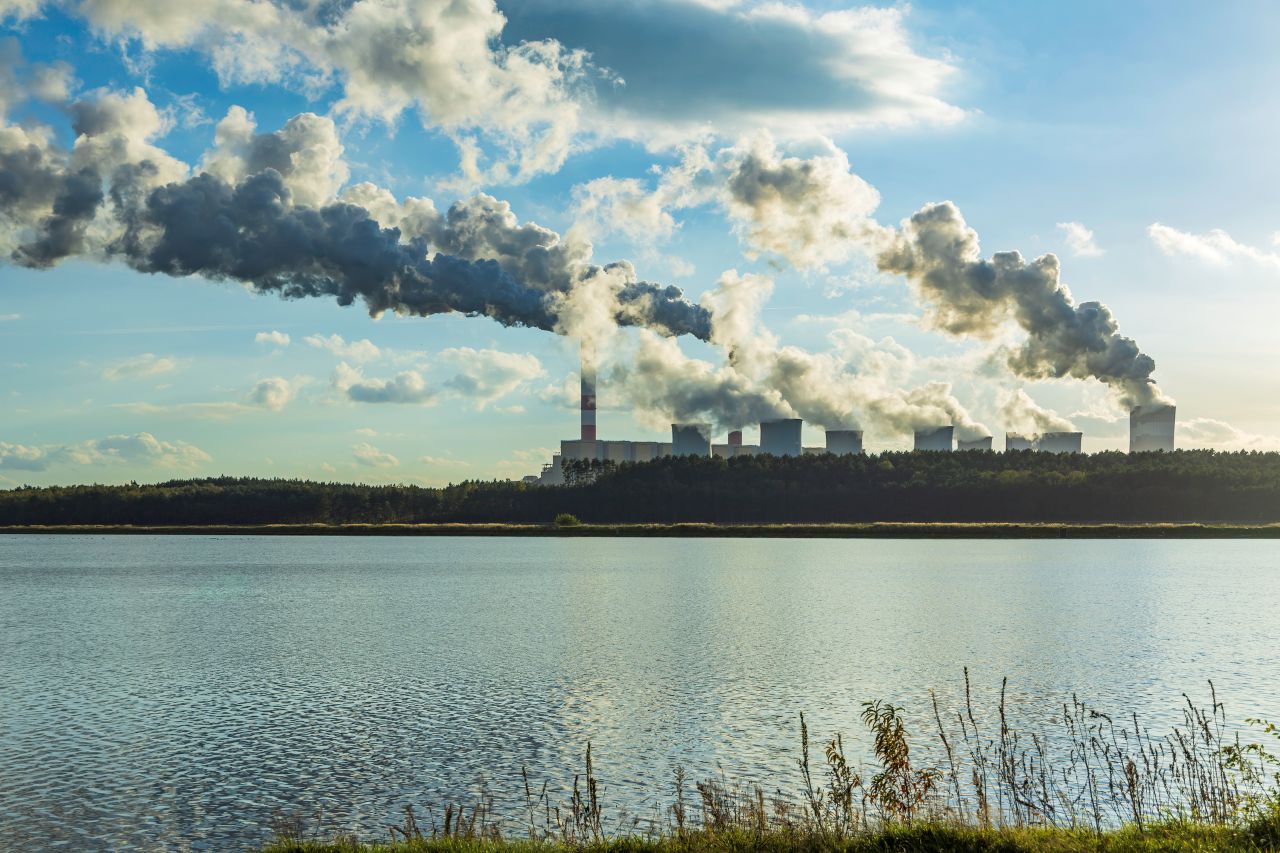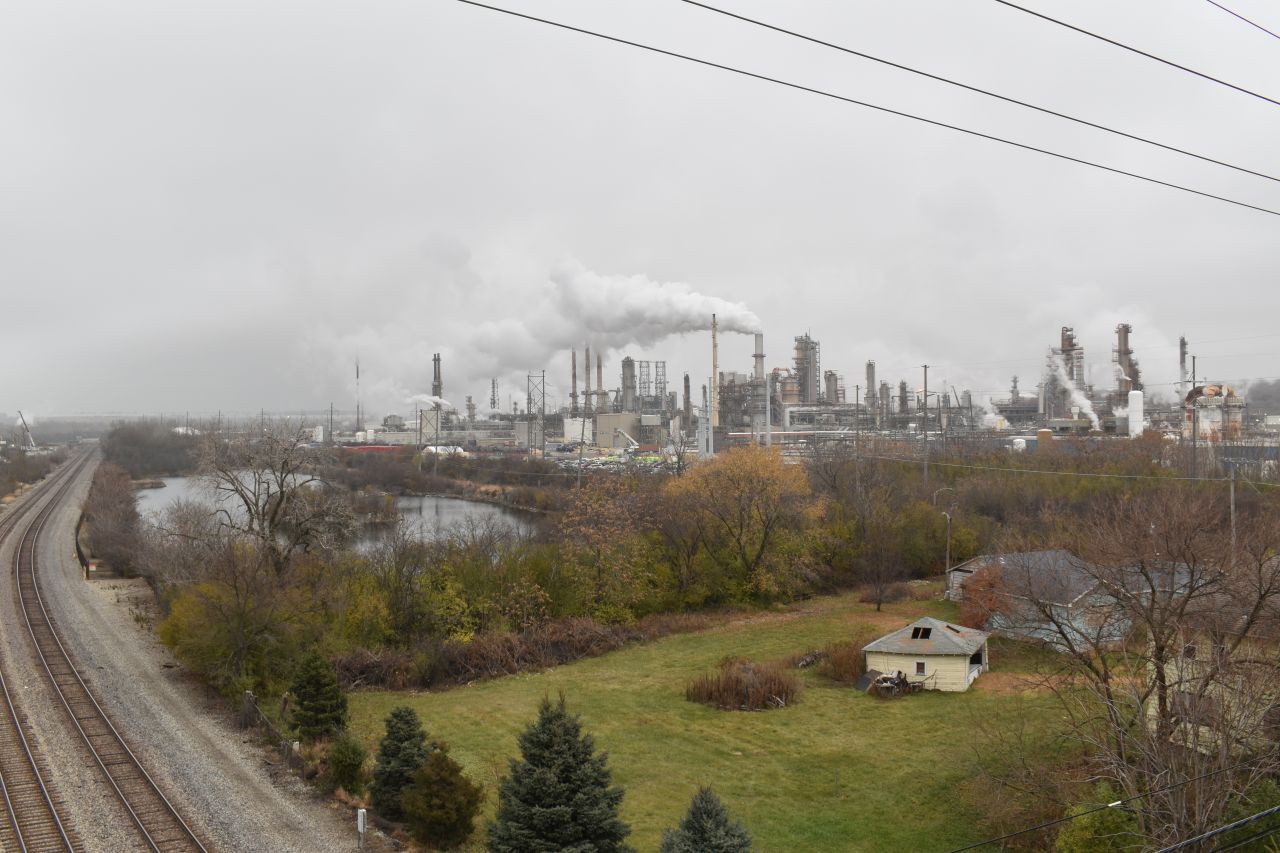Texas lawmakers aim to exempt oil & gas projects from school property taxes, but not clean energy

Texas legislators are considering a bill that would give fossil fuel companies – but not clean energy – huge breaks on the property taxes they pay to local school districts, narrowing a previous tax incentive program for energy projects that expired last year.
The new House Bill 5 tax break program being debated in the Texas Legislature would bar renewable energy projects, such as wind and solar farms, from receiving tax breaks.
Under an old school tax break program for energy projects that expired last year, called Chapter 313, almost three quarters of the $12.3 billion in tax benefits went to manufacturing projects, including for the oil and gas and petrochemical industry, while 26 percent went to clean energy projects.
House Bill 5 would focus its benefits only on manufacturing and research and development projects, the vast majority tied to fossil fuels. It would allow major industries to apply to receive a 10-year cap on their property taxes in exchange for building or expanding new facilities and creating at least 20 jobs, in most parts of the state. In the 10 counties with a population of 750,000 or more, the project would have to create at least 50 jobs.
Technically, the proposed legislation would be a new program, following the expiration last year of Chapter 313. The nearly 600 active Chapter 313 agreements in the state as of 2021 shrunk the taxable value of property in affected school districts from $81 billion to $14 billion, according to the latest available report from the Texas Comptroller. This means less money for education, but more for energy firms.
Critics say the new bill is like Chapter 313, only worse. Dick Lavine, a senior fiscal analyst with Austin public policy institute Every Texan, described it as “like 313 except with fewer jobs, lower wages, less accountability and transparency, and it’s more expensive.”
At a hearing last week, business representatives from around the state spoke in favor of the bill, arguing that such tax incentives are necessary to keep companies building facilities and creating jobs in Texas rather than choosing to locate in other states. Bob Harvey, CEO of Greater Houston Partnership and chair of Metro 8 Chambers of Commerce, spoke at the hearing about the importance of the Houston area’s Gross Domestic Product: $537 billion in 2021, a quarter of the state’s overall economic output.
“The economic engine of Texas is running strong, in no small measure thanks to the work of this legislature over the last years to create an environment for business to thrive,” Harvey told the committee. “But other states like Florida, North Carolina, Georgia, Ohio, in particular, have taken notice of our success and become much more aggressive in the incentive packages they craft to attract new business to the state.”

The bill is also drawing opposition from the Texas chapter of the Industrial Areas Foundation, a civic and religious community development organization. On March 21, the organization and its allies led a rally on the capitol steps to oppose HB 5. One of the participants dressed like a vampire, with a black suit, fake fangs, and a black cape with the numbers “313” affixed to the inside in large red letters. He walked down a line of people holding signs that read “workforce,” “public schools,” and “healthcare;” each slumped over as the vampire delivered a theatrical bite to their neck.
“Chapter 313 and any future version of it, like HB5, will continue to drain the lifeblood out of those good and godly things that we claim to hold most near and dear to our hearts, beginning with our children’s education and future,” the Rev. Miles Brandon, an Episcopal vicar and a member of Central Texas Interfaith told legislators at the April 10 hearing.
Under the program, a project’s developer would submit an application to the Texas Comptroller that includes information about the project’s economic benefits. If the comptroller approves the project, it would then proceed to the district, whose board will have the final say in whether to approve the agreement. The agreement limits the district’s ability to tax the developer’s property over a certain threshold, which varies by school district from $10 million to $100 million.
Under the Chapter 313 tax break program, many school districts in heavily industrialized communities on the Texas Gulf Coast routinely approved these applications. The district with the most active tax break agreements is Barbers Hill Independent School District in Mont Belvieu, east of Houston. There, the school board approved 37 incentive agreements to take effect from 2010 to 2026. Of these, 17 benefitted Enterprise Products Partners, a Fortune 500 company which completed the early phases of its massive Mont Belvieu complex back in 1979. New additions to the plant since 2012 have the potential to emit 2.3 million tons of greenhouse gases per year – the equivalent of 462,000 cars – according to data compiled on Oil and Gas Watch. These plant additions also produce more than 2,000 pounds of air pollution that contributes to asthma and other chronic health conditions.

Many critics say that such massive corporations with long-established presences in Texas don’t need additional tax incentives to build in their affected school districts. One evaluation by University of Texas professor Nathan Jensen found that between 85 and 90 percent of the projects, including renewables, would have located in Texas even without the Chapter 313 program.
Under the 313 tax break program, 65 percent of the agreements were for renewable energy projects, according to the Texas Comptroller. The other 35 percent went to manufacturing, including oil refineries, chemical plants, and LNG export terminals. But that was just the number of agreements – not the dollar value of the tax breaks.
In terms of the dollar value of the tax breaks, the majority went to manufacturing, including for the petrochemical industry – 73 percent. Only 26 percent went to renewable energy, with research and development making up less than 1 percent.
The exclusion of wind and solar projects from the new tax incentive program drew criticism not only from renewable trade groups but from rural school district officials in central and western parts of the state, where wind and solar developers are some of the largest sources of new investment in the area.
Aaron Hood, superintendent of Robert Lee Independent School District in rural Coke County in West Texas, told legislators at the hearing that he was not in favor of HB 5. He said that he agrees with the premise but “would be testifying for the bill if it included renewable energy projects.” After three wind projects in the district that benefitted from such economic development agreements, the district saw its taxable real estate value rise from $150 million to $479 million, he said.
“Rural Texas deserves that economic development and renewable projects, and that has been the driving force for rural Texas,” Hood said. “We are one of the stories where our school district has benefitted from renewable energy projects.”
Asked why renewables were excluded from the bill, Austin attorney George Scott Christian, hired by Rep. Todd Hunter’s office to draft the legislation, said the question was “above my pay grade.”
“As a technical drafter, I was taking orders from others,” Christian said during the hearing.
The hearing included testimony from school advocates and faith leaders urging legislators not to shrink funding available to Texas schoolchildren. Residents living near fossil fuel facilities also spoke up about providing tax breaks to some of the biggest polluters in their area.
Among them was Manning Rollerson, a Freeport resident who grew up in a mostly Black neighborhood of the East End, which has steadily been overtaken by industry. Freeport LNG, a liquefied natural gas terminal in the coastal city south of Houston, began exporting gas in 2019. The facility recently reopened after a 2022 explosion that shot a giant fireball into the air.
“We send y’all here for us, and you say you represent us, but all I’ve ever seen you guys do is represent the ones that put the dollars in y’all’s pockets, and we suffer in the long run,” Rollerson told the committee.

The committee also heard from more than a dozen leaders of local chambers of commerce and economic development organizations arguing in favor of the program. The Texas Comptroller’s most recent report found that the companies that received benefits had created 14,032 direct jobs and invested $262 billion on new projects.
But Cyrus Reed, conservation director of the Lone Star chapter of the Sierra Club, pointed out that many of the fossil fuel companies that benefit from tax breaks would locate their facilities in Texas even without the incentives, drawn by abundant oil and natural gas, a large existing pipeline network, and the proximity of ports on the Texas Gulf Coast.
“We don’t believe that giving school district abatements and pitting school districts against each other is in the best interest of the state, for a number of reasons,” Reed told the committee, later adding that “what we should be doing is investing in worker training and infrastructure.”
Lead photo: The Texas capitol building in Austin. Photo by Michael Koukoullis.















